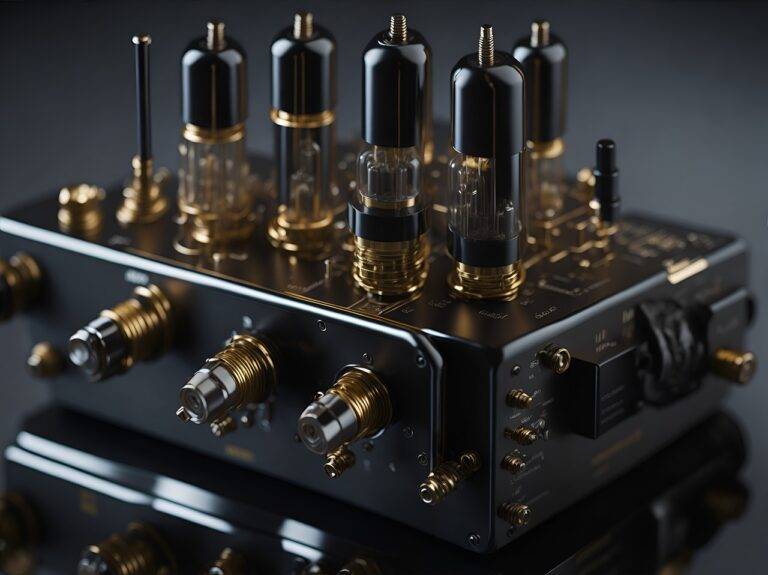DSLR vs. Mirrorless Cameras: Choosing the Right Tech for Photography
When it comes to photography, DSLR cameras have long been a popular choice among both enthusiasts and professionals. The key advantage of DSLRs lies in their optical viewfinders, which provide a clear and real-time preview of the subject being framed. This feature allows photographers to accurately compose their shots and make precise adjustments to achieve the desired result. Additionally, DSLRs typically offer a wide range of compatible lenses, enabling photographers to experiment with different focal lengths and achieve various creative effects.
One of the main drawbacks of DSLR cameras is their bulkier and heavier design compared to mirrorless cameras. This can make them less portable and convenient for photographers who need to carry their gear over long distances or for extended periods. Despite this, many photographers still prefer DSLRs for their robust build quality and responsive performance, particularly when shooting in challenging conditions or fast-paced environments.
Mirrorless Cameras
When it comes to photography, mirrorless cameras have made a significant impact in recent years. Their compact size and lightweight design make them a popular choice for photographers who are on the go and looking to travel light without compromising on image quality. One of the main advantages of mirrorless cameras is their electronic viewfinders, providing a real-time preview of the image you are about to capture, giving photographers more control over their composition and settings.
In addition, mirrorless cameras offer a wide range of lens options, making them versatile for various shooting situations. From wide-angle to telephoto lenses, photographers can easily switch between different focal lengths to capture the perfect shot. This flexibility allows photographers to explore different creative possibilities and adapt to different environments without the need to carry heavy and bulky equipment.
Image Quality
When it comes to evaluating the image quality of a camera, several factors come into play. The resolution of an image, often measured in megapixels, determines the amount of detail captured. Higher resolution images are generally sharper and more detailed, allowing for greater flexibility when cropping or enlarging photos. In addition to resolution, the size of the camera sensor also plays a crucial role in determining image quality. Cameras with larger sensors typically perform better in low-light conditions and produce images with less noise.
Another key aspect of image quality is color accuracy and saturation. Cameras that can accurately reproduce colors will produce more true-to-life images. Saturation, on the other hand, refers to the intensity of colors in an image. While some photographers prefer rich and vibrant colors, others may opt for a more natural and subdued look. Balancing color accuracy and saturation is essential in achieving the desired aesthetic in photography.
• Resolution of an image, measured in megapixels
• Size of the camera sensor
• Color accuracy and saturation
When evaluating the image quality of a camera, it is important to consider these factors to ensure that your photos meet your desired standards. By understanding how resolution, sensor size, color accuracy, and saturation impact image quality, photographers can make informed decisions when selecting equipment and settings for their photography projects. Experimenting with different combinations of these factors can also help photographers develop their own unique style and aesthetic preferences. Ultimately, achieving high-quality images requires a balance of technical knowledge and creative vision.
What factors affect image quality in a DSLR camera?
Factors that affect image quality in a DSLR camera include sensor size, megapixels, lens quality, aperture, ISO sensitivity, and image processing.
How does a mirrorless camera compare to a DSLR in terms of image quality?
Mirrorless cameras often have similar image quality to DSLRs, as they utilize similar technology such as large sensors and interchangeable lenses. However, some argue that DSLRs may have a slight edge in image quality due to their optical viewfinders.
Can image quality be improved post-processing?
Yes, image quality can be improved through post-processing techniques such as adjusting exposure, contrast, sharpness, and color balance. However, it is always best to start with a high-quality image to achieve the best results.
What role does lens quality play in determining image quality?
Lens quality is crucial in determining image quality, as a high-quality lens can produce sharper images with better color reproduction and less distortion. Investing in a good lens can significantly improve the overall image quality.
How does the choice of image format affect image quality?
The choice of image format can affect image quality, as certain formats such as RAW provide more flexibility for post-processing and retain more image data compared to compressed formats like JPEG. Shooting in RAW can help preserve image quality.





